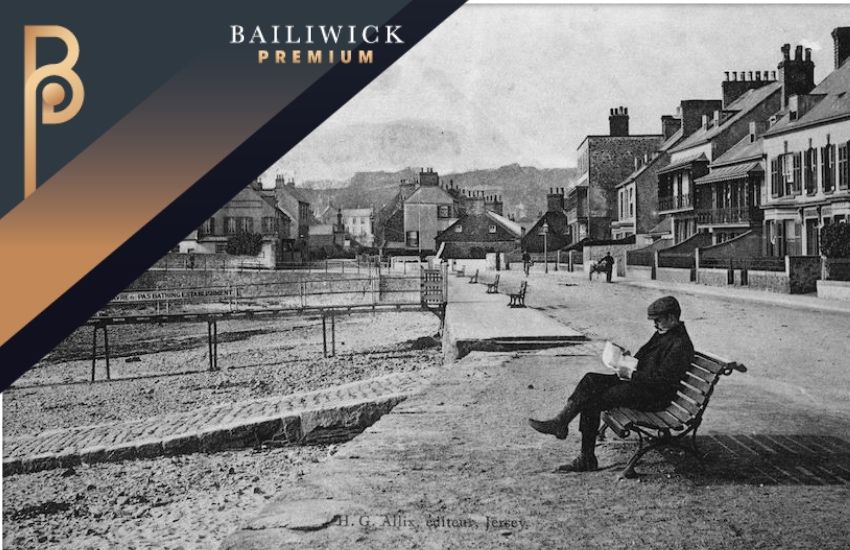


The Environment Minister has put forward plans to protect some of Jersey’s most iconic areas with new planning rules, more than 30 years after the idea was first suggested.
Deputy John Young wants to designate certain zones of “special architectural or historic interest” as ‘Conservation Areas.'

Continue reading this article
Log in or sign up for an AIM Plus account now to read this story.
Get more from AIM Plus
Comments
Comments on this story express the views of the commentator only, not Bailiwick Publishing. We are unable to guarantee the accuracy of any of those comments.